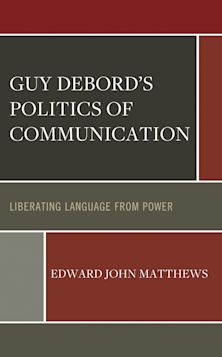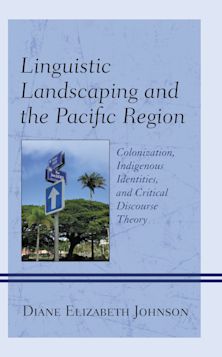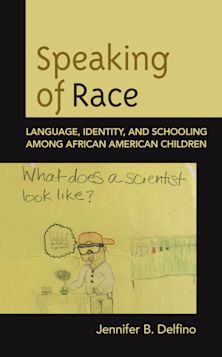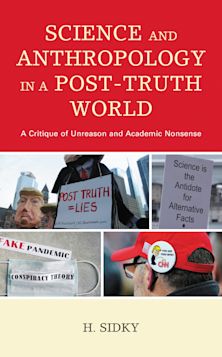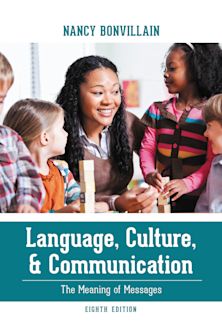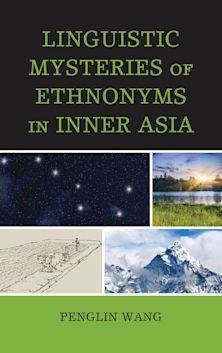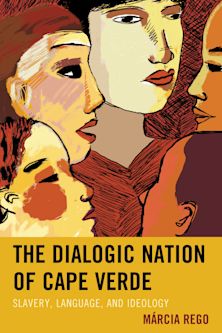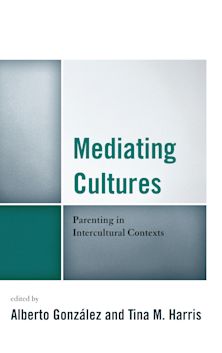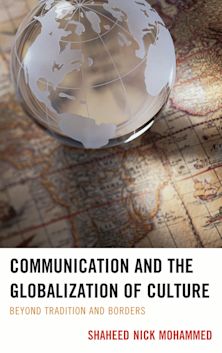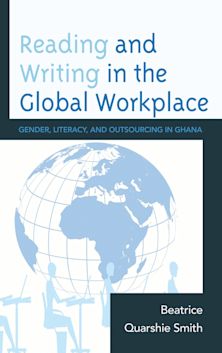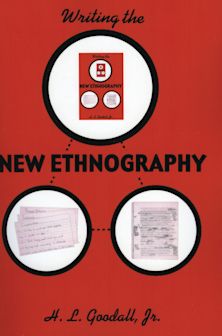Un-Natural Discourse in the Age of Anthropogenic Landscapes
How We Imagine Wildlife
Un-Natural Discourse in the Age of Anthropogenic Landscapes
How We Imagine Wildlife
For information on how we process your data, read our Privacy Policy
Description
Our relationship with wildlife and wild spaces is moving away from one of dominion over nature to one that strives for coexistence; yet this coexistence is typically fragmented and with many wildlife species relies on tautologies that reinforce unnatural and culturally defined metaphors and stories that keep us outside of nature. To assist in identifying common ground amidst competing users of our shared landscapes, Un-Natural Discourse in the Age of Anthropogenic Landscapes: How We Imagine Wildlife considers how the language we use can challenge our ability to coexist with wild nature. When we say a bison is livestock we diminish its wildness, while a beaver as a pest marginalizes it to exist outside of our Anthropogenic landscapes or to not exist at all. By calling the woodland caribou the gray ghost we have made it invisible so when it disappeared from the lower forty-eight United States, its absence was hardly acknowledged. Anti-predator hype defines the gray wolf as vermin and the federally protected grizzly as ferocious or as a conflict bear to maintain and encourage a low social tolerance for those species. Since language forms meaning, Barbara Jones argues how by relying on unnatural discourse to relate to the natural world, coexistence becomes much more difficult to achieve.
Table of Contents
Chapter 2: Reconsidering the Boundaries that Wildlife Stories have Built
Chapter 3: American Bison: Why is it our national mammal?
Chapter 4: Caribou: When being called a reindeer must really matter
Chapter 5: Gray Wolf and Grizzly Bear: Little Red Riding Hood and the Teddy Bear
Chapter 6: American Beaver: Made Beaver
Chapter 7: The Question of Social Carrying Capacity
Product details
| Published | Dec 15 2024 |
|---|---|
| Format | Ebook (PDF) |
| Edition | 1st |
| Extent | 232 |
| ISBN | 9781978798250 |
| Imprint | Lexington Books |
| Illustrations | 28 BW Photos |
| Publisher | Bloomsbury Publishing |
Reviews

ONLINE RESOURCES
Bloomsbury Collections
This book is available on Bloomsbury Collections where your library has access.














